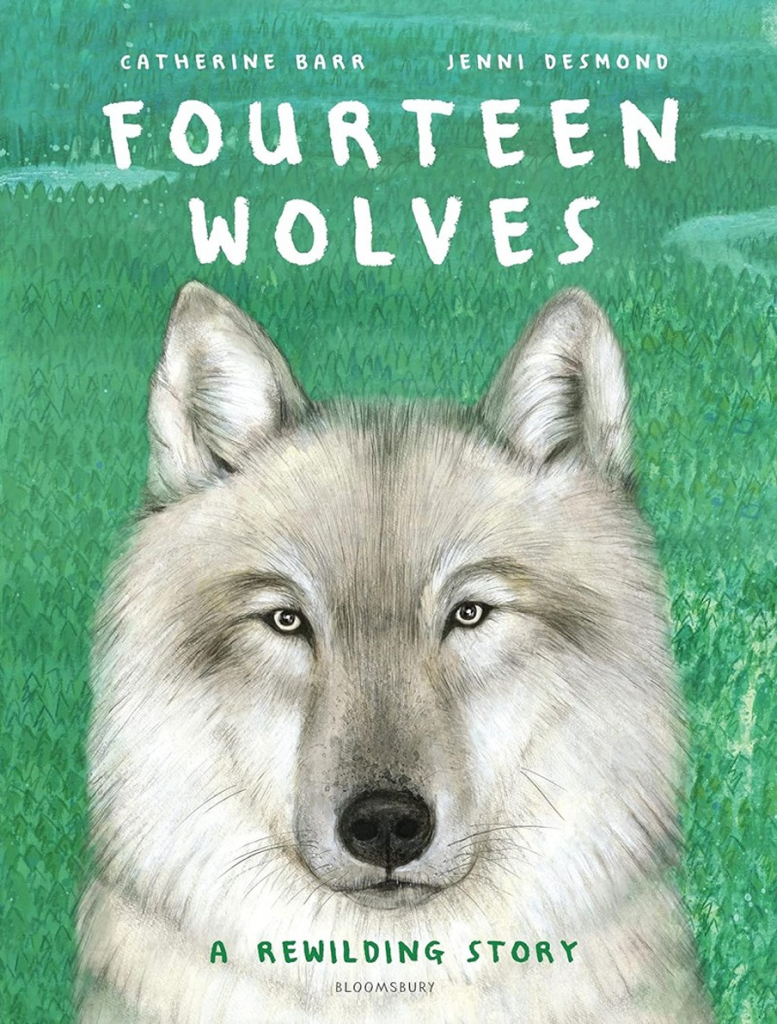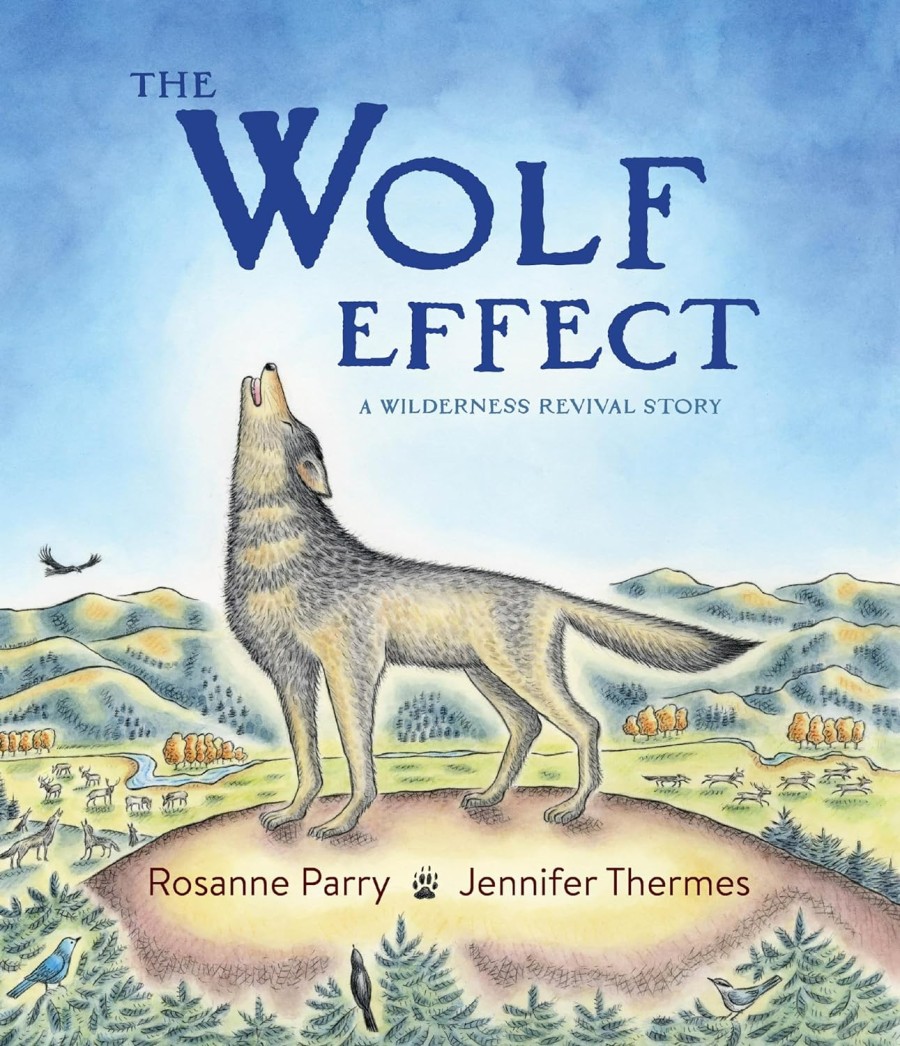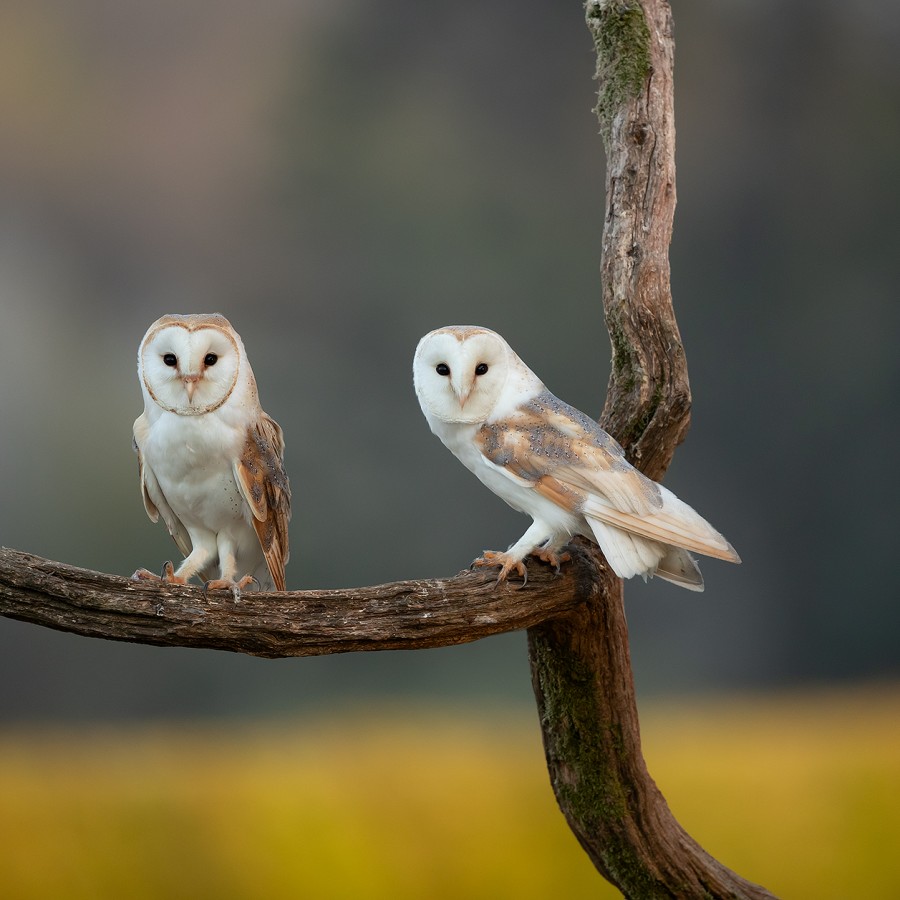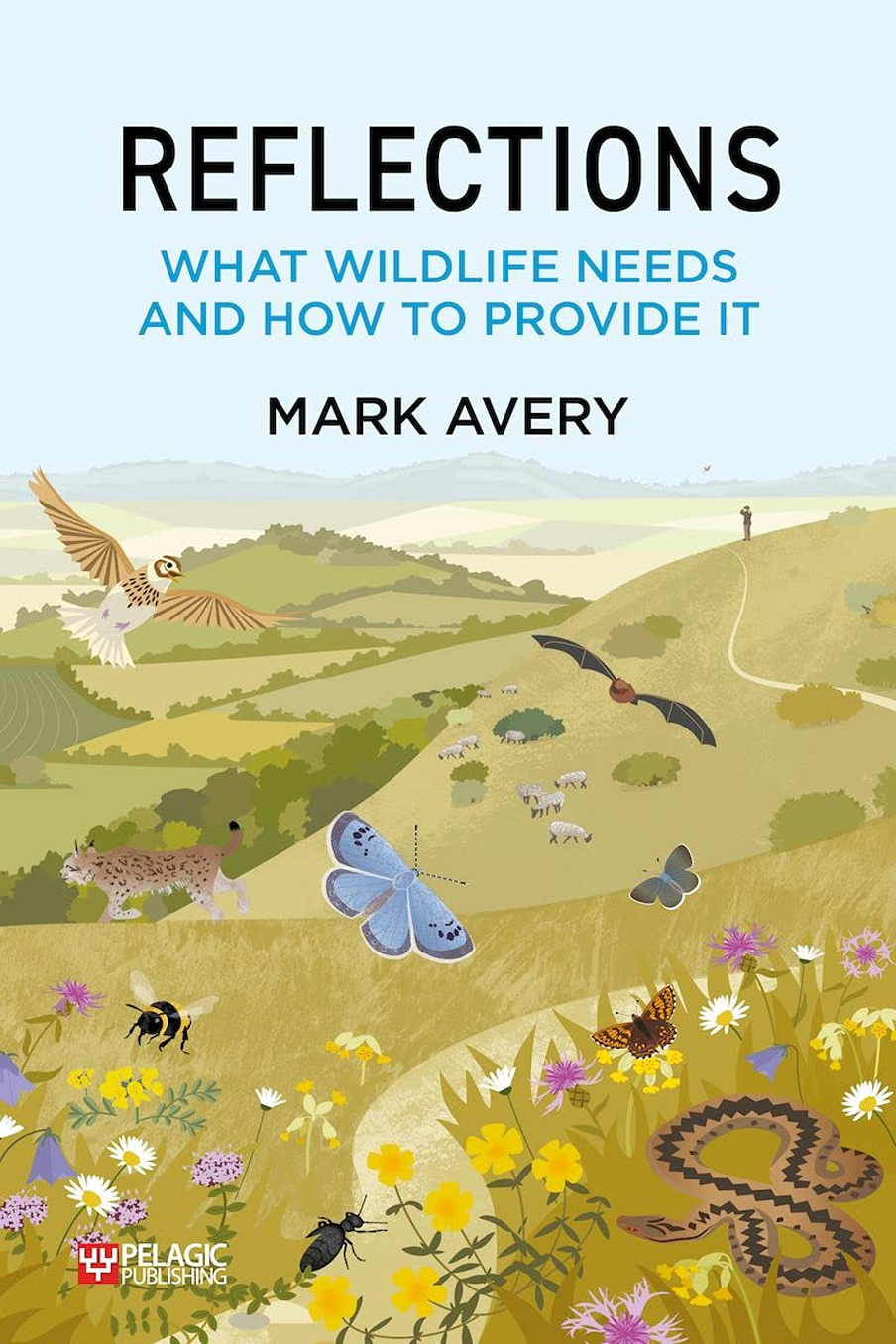
We don’t have wild wolves anymore in England, though they used to roam our land, living on deer and wild boar. Today it’s likely not a good idea to ‘rewild them’ as they could attack domestic pets or livestock. But abroad there are several rewilding projects that have been restoring ecosystems, and bringing back wild wolves back from the the brink of extinction.
Fourteen Wolves is the true story of how wolves (who disappeared from Yellowstone Park in the 1930s) were reintroduced, as the ecosystem began to collapse. Enormous herds of elk swarmed the plains, bears starved, rabbit families shrank and birds flew to new homes. Plants vanished, trees withered and rivers meandered. But in 1995, they were returned to the park and everything changed for the better.
why is Canada still culling wild wolves?

Yet Canada still spends millions of dollars on shooting wolves from helicopters, even though Valhalla Wilderness Society (in British Columbia) says that culling is simply a political cover-up for not preserving old-growth forests that help protect herds of moose, deer and elk. Trump’s administration stopped wolves from being protected (to satisfy cattle farmers), even though experts say good husbandry (keeping cattle healthy and removing dead carcasses that attract wolves for an ‘easy lunch’ (and using sheds for birthing calfs) is more efficient.
Only recently did the government listen to the charity IFAW’s campaign and agree to stop using the cruel poison (strychnine – also used to kill bears and coyotes), due to concerns it would move through the food chain, when carcasses were eaten by other creatures. But wolves are only protected by law, in national parks (unlike say Poland, where wolf hunts have been banned since the 90s, leading to successful recovery numbers).
how to prevent (wolf) livestock attacks

Wolves will nearly always go for the weak diseased prey, so ranchers who keep herds free from disease (through healthy organic farming methods) and take time to immediately remove dead livestock, suffer less.
The main ‘star of the show’ is WildEyes, a Swiss AI invention that can detect approaching predators and prevent attacks before they occur. This tiny camera is attached to a tree and immediately sends a message to the farmer or park ranger, who can immediately scare off predators (the same technology is being used to stop poachers of critically endangered rhinos and elephants – the latter often shot once they begin raiding plantations).
England’s wild wolf sanctuary
The Wolf Watch Sanctuary (nestled along the Shropshire/Welsh border) is a 100-acre woodland offering homes for wolves rescued from captivity (began after rescuing a pair of wolves from a Warwickshire zoo). It does not allow ‘watching wolves’ for money, instead it takes in displaced wolves to live akin to the wild, as they can’t be released in the wild.






